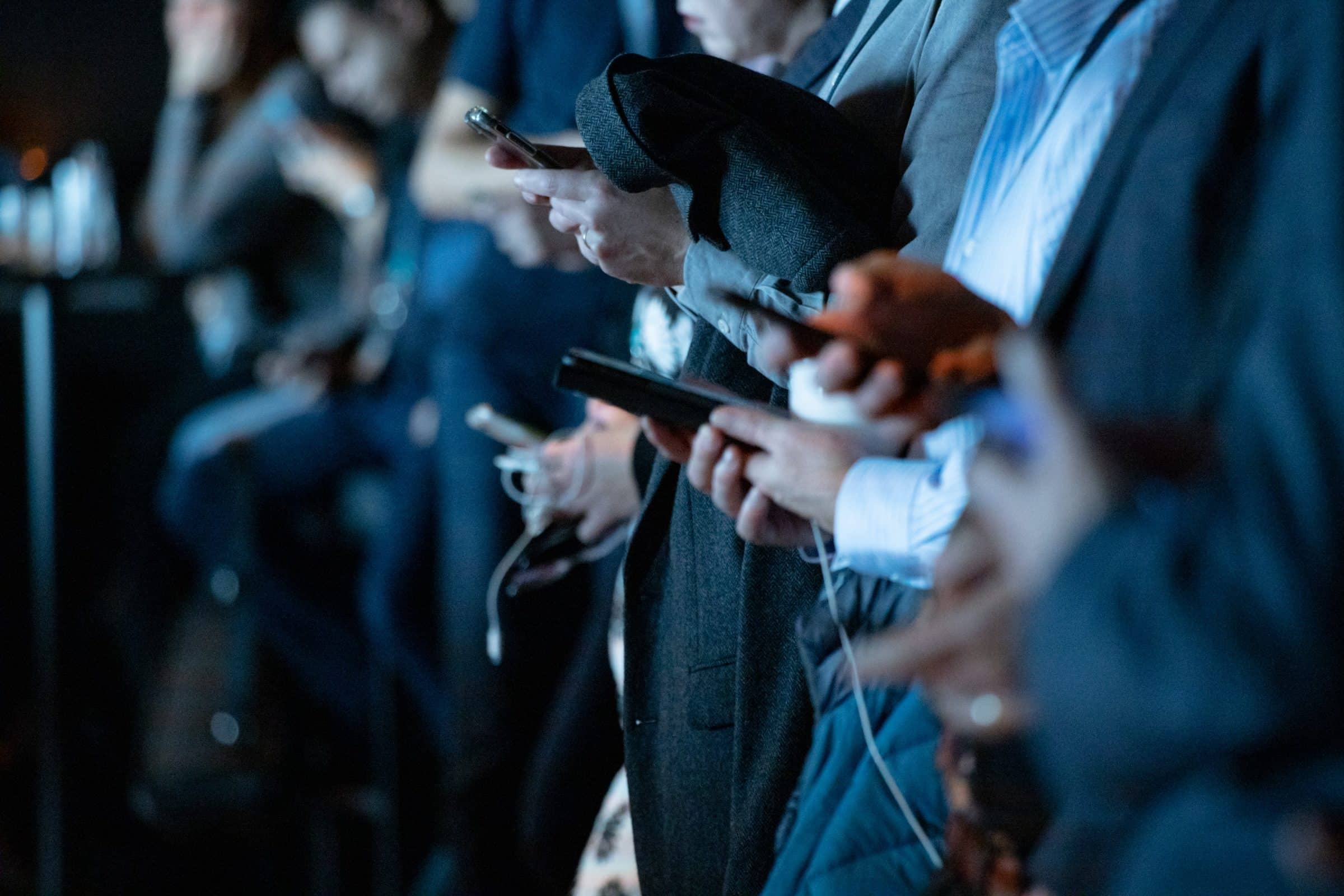SxSW is like a giant puzzle. Hundreds of keynotes and panels are being held, endless discussions take place in meeting rooms and hallways. When I try to find a red line throughout the various announcements, something springs immediately to mind: SxSW 2013 is about the connected consumer.
A clear path is slowly showing: it’s not about the web anymore, not about location, not about sharing. Gone are the sessions on content, community building, endless apps… it’s not even about networking or hardware. It’s about changing habits, changing ways of thinking, changing ways of interacting. It’s about finding ways to deal with a rapidly emerging phenomenon: the connected consumer.
Big thinkers point it out: from the introduction of the web, over BBS and social media, digital communication is becoming an integral part of how we communicate as a species. We communicate as hard and as much on digital devices, email, social media and chat as we do in real life. The web hosts our friends, Google is an extension of our memory, and the cloud harbors our data. Slowly the bits and bytes are becoming an integral part of our being human.
People are connected to the internet through small, handheld devices that have access to more processing power than the multi-million dollar computers of a decade ago, and pack more intelligence and communication power than the president of the United States a decade ago. Bluetooth headsets allow smooth in-ear communication, and open the way to voice controlling most intelligent systems of a car, a phone, an office, a home. Intelligent vocal interfaces like Apples Siri allow access to the countless petabytes of information freely available on the web, AI -connected systems like IBM’s Watson understand human language to perfection. Slowly, traditional interfaces like mouse and keyboards are disappearing. Lights go on with a snap of fingers, smart TV’s controlled with small hand signals.
Where is the computer in your car? Your car is the computer, your living room becoming so connected and intelligent that it adapts to, and anticipates your every move.
Your shoes send data of your working out sessions to your personal trainer in the cloud, proximity systems give you information on your contextual environment, opening exponential possibilities to interact with shops in your neighborhood, including getting rear time feedback on where the best food is, rated by your trusted friend.
Information on products, buildings, weather, stock exchange, traffic, directions and people near you is being streamed to consumers in real time, all the time. It gets displayed on retina sharp smart touchscreens, or the fancy augmented reality Glass from Google. Your personal information systems are connected with the plethora of intelligent sensor devices of the Internet of Things.
The consumer and his digital shadow (the avatar) are becoming Siamese twins. The consumer gets connected, and if Darwin and Kurzweil are right, there is no way back.
Agencies and their clients have claimed for decades that it is all about reaching the audience. Reach and GRP’s. But the audience is slowly but steadily digitizing itself, becoming part of a virtual, augmented self that is truly, surely and stubbornly undividable from the traditional self. This trend is not only unstoppable, all data show it is accelerating at exponential speeds. To keep up with its target audience, the whole of the communications industry with their market dollar spending clients will have to re-invent itself to be able to continue to find relevant touch points. Slowly evolving will not cut the cake, disruption and radical change will be needed to follow the consumers to their hybrid lairs…













